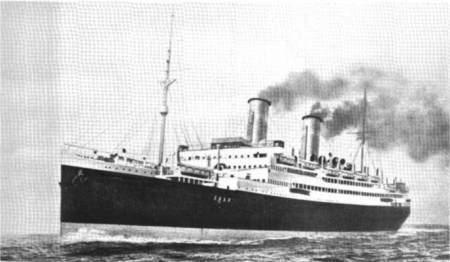Name SS Conte Rosso Length 180 m | Maiden voyage 17 May 1922 | |
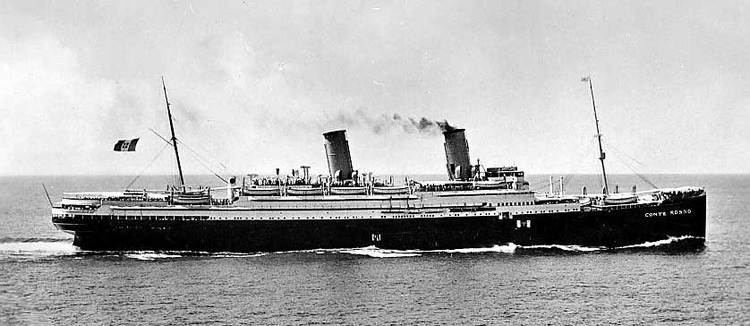 | ||
Fate Torpedoed and sunk, 24 May 1941 Tonnage 18,500 gross register tons (GRT) Builder William Beard and Company | ||
Ss conte rosso vehicle simuator
SS Conte Rosso was an Italian ocean liner active in the early 20th century.
Contents
Named after Amadeus VII, Count of Savoy, the so-called "Red Count", the Conte Rosso was noted for her lavish Italian interior decoration. Because much of its sailing would be in warmer waters, the designers included an outdoor dining area, unusual for ships of this era. Her sister ship was SS Conte Verde.
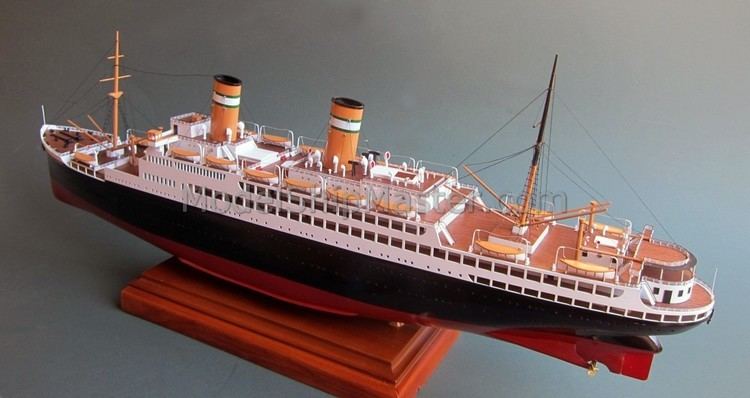
Service history
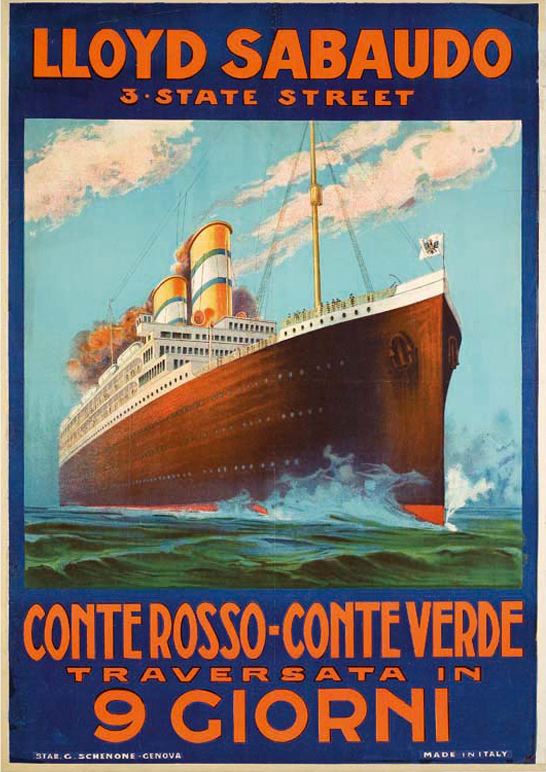
She was built in the Glasgow yards of William Beardmore and Company for the Italian Lloyd Sabaudo Line and entered service in 1922 carrying passengers between Italy and New York City. She was the first new transatlantic liner built after World War I and the largest Italian liner to date.
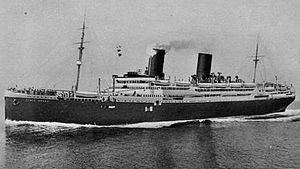
In 1928, she was replaced on the New York route by the newer SS Conte Grande and began service between Italy and South America. She was acquired by the Italian Line in 1932 when it took over the Lloyd Sabaudo Line. In 1932, she began serving the Trieste–Bombay–Shanghai route, and thus became one of the major escape routes for the Jewish population of Germany and Austria as Shanghai was one of the few places that did not require paid emigration visas. She also served briefly as an Italian troopship during the Second Italo-Ethiopian War in the 1930s.
Incidents
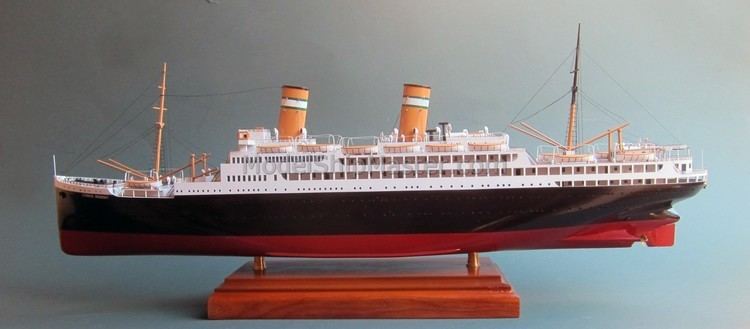
On 31 January 1925, 19-year-old Antonietta Gigliobianco mysteriously fell overboard from the Conte Rosso to her death, orphaning her two-year-old son Ernesto. After he was turned over to the ship's chaplain, a media outcry in the City of New York ensued, which reunited the boy with his father Leonardo Gigliobianco.
Sinking
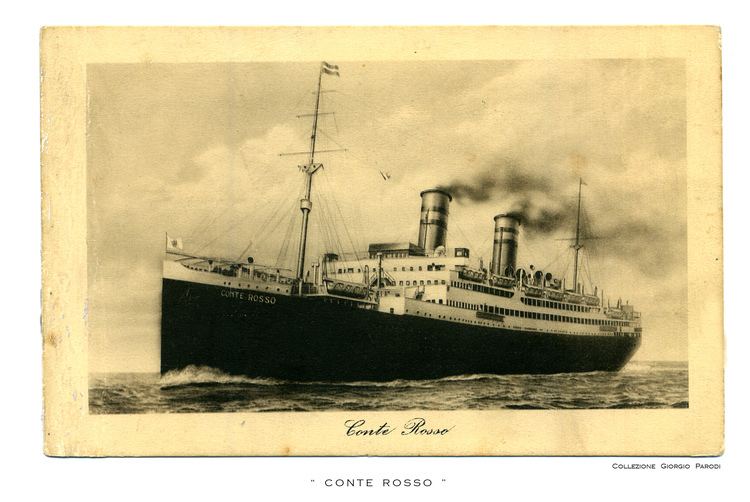
During World War II, she was used as a troop ship by the Italian Government until 24 May 1941, when she was torpedoed and sunk by HMS Upholder (P37). The sinking occurred 16 km off the coast of Sicily while in convoy from Naples to Tripoli. Of the 2,729 soldiers and crew aboard, 1,300 were killed.
